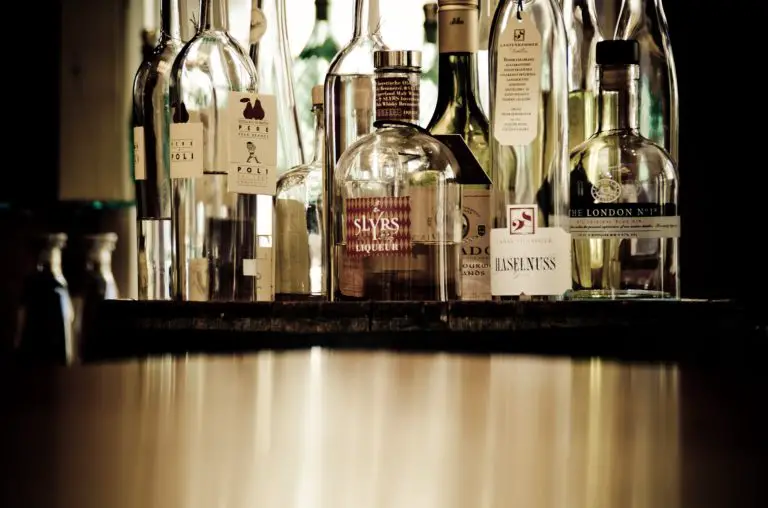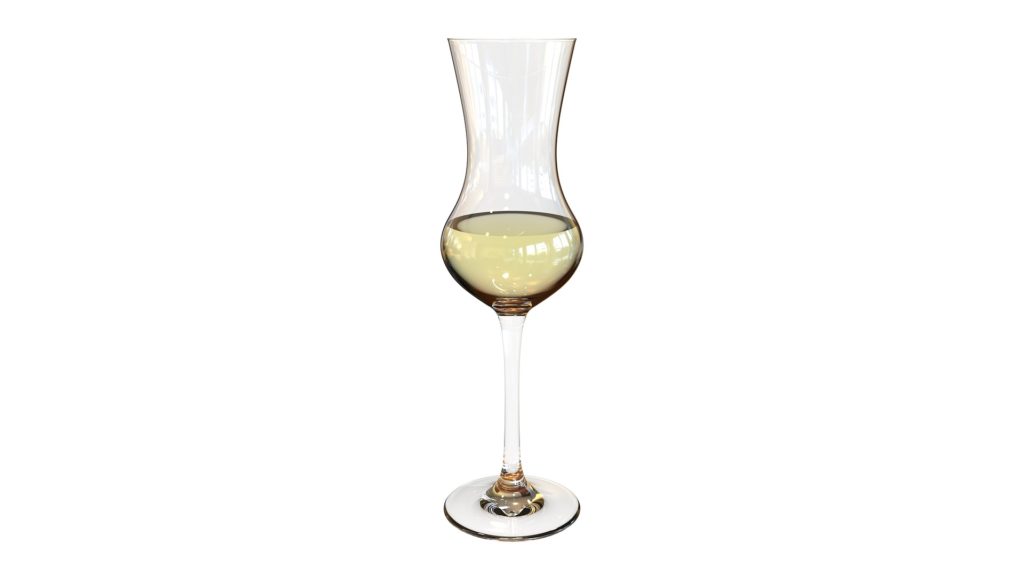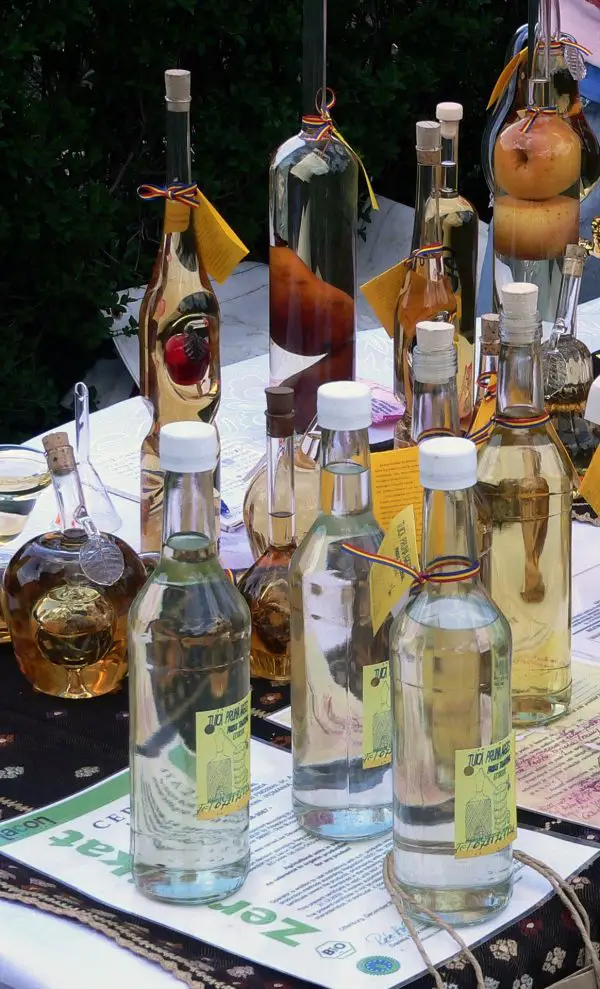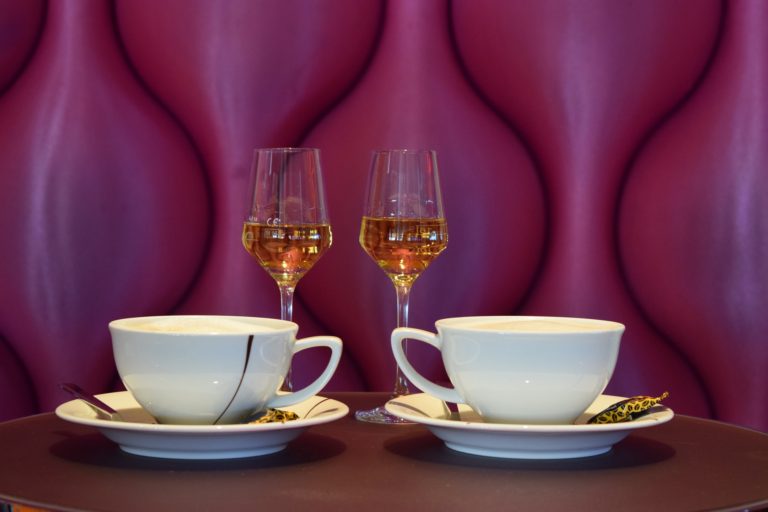The Ultimate Guide on How to Make, Serve and Taste Your Own Grappa

Originated in Italy, Grappa is a grape-based pomace brandy enjoyed after a meal as a digestivo (also called “ammazzacaffé” meaning “coffee killer”) or sometimes even in coffee (but not in the morning!).
This article will guide you through the process of homemade grappa and show you how Italians best taste it!
1. The Origins of Grappa
According to some alchemists’ papers dating back to the 12th century AD, the first distillation methods developed between the 8th and 6th century BC in Mesopotamia.
However, legend has it that it was a Roman legionnaire who started producing this spirit after a campaign in Egypt over 2’100 years ago. In fact, the term grappa comes from Latin, specifically from the term grappapolis, which means “bunch of grapes”.
Initially, in the 15th century, grappa was meant for the lower classes of the population. It was produced from fruit skins, seeds and grape stalks and its taste was strong and pungent, very different from the one we know nowadays.
Then, in 1779, the first Italian distillery was built in Bassano del Grappa, in the province of Vicenza, Veneto. It was named Distilleria Nardini after its owner and exists still nowadays.

During World War I, grappa was a soldier’s friend in their darkest hours, but later on its taste and purpose changed.
Under a flourishing economic period, Italians learned to appreciate it, savoring its taste and therefore worked on the process of distillation to obtain a taste that would get better and better. It was in 1951 that this spirit was awarded denomination and officially took the name grappa.
Today there are many varieties of grappa from many regions, each different from one another. The officially recognized regional versions of grappa are the following:
- Barolo Grappa (Piedmont)
- Piedmont Grappa (Piedmont)
- Lombardy Grappa (Lombardy)
- Grappa Trentina (Trentino)
- Friuli Grappa (Friuli)
- Veneto Grappa (Veneto)
- Südtiroler Grappa (South Tyrol)
- Sicily Grappa (Sicily)
- Marsala Grappa (Sicily)
To satisfy their own taste, some people even make grappa at home: more and more Italians are now engaged in the production of homemade alcohol.
2. How to Make Grappa at Home: All The Steps
To make grappa at home you need pomace (in Italian “vinacce”), that is to say the residue made of skins, pulp, seeds, and stems of red wine grapes left in the wine press after the juice is squeezed out.
Why red wine grapes?
Because pomace from red wine grapes is fully fermented, while rosé wine grapes are only partially fermented and white wine grapes are not fermented at all.
The fermentation process is essential for grappa as it’s in this phase that sugars are turned into alcohol, therefore they become suitable for distillation.

Well then, let’s get right to the point and see how you can make your own grappa at home.
To make grappa at home you need a distiller (nowadays it is possible to find one at a low price even online).
Distillation is the fundamental process in the production of grappa, which consists in separating several substances contained in the same mixture.
Ingredients to make grappa at Home
- Alcoholometer
- Alembic in copper or steel
- Flame stove
- Funnel
- Pomace (grape skins used to make wine)
- Water
Procedure
- To start off, fill the alembic boiler with fermented pomace – If not already fermented, put it into an aseptic air-tight container with a vent for the escape of gas. Then add water and heat it up.
- When the first substances begin to evaporate (at around 70° C), the first drops of distillate will come out. However, be careful as these drops are toxic and must be removed.
- Thus, let them evaporate: all the harmful volatile substances that would give the grappa an unpleasant flavor evaporate first, having a lower boiling point than the so-called noble substances.

- The next stage of the process is fundamental: ethyl alcohol and volatile substances, which give the aroma to the distillate, are now produced. However, pay attention to the temperature that must be between 78.4° and 100° C – use a thermometer to help you and don’t exceed 100°C. In fact, by reaching 100°C the distillation of grappa ends. From now on a non-harmful, but neither pleasant smell nor taste, comes out. This is the hardest part: a highly skilled distiller is able to detect the exact moment between this step and the previous one, allowing grappa to have a great taste. But don’t get discouraged, this skill will come with experience!
Now, there you have your own grappa, ready to be bottled. Better quality grappas can be obtained through a refining process, or through a second distillation, if not even a third.
—> You may also like
How to Make Negroni: Original Recipe and Cocktail Variations
If grappa is bottled immediately after the process, we then call it white grappa.
Nonetheless, if it’s aged in wooden barrels then we get a dark, yellow or brown colored grappa, known as aged grappa or “riserva”.
Once you have your own grappa you can make delicious variations called “grappe aromatizzate”. The most common are those with blueberries, almonds, honey or licorice aromas, but there are many others. In most cases, depending on the variation, you just have to put the desired fruit or spice to macerate in the grappa bottle..and that’s it!
3. How to Best Store Grappa
The best way to store grappa before serving it to your guests is to keep it in a cool and dry place for at least one month.
When you bring it to the dinner table, let it be neither too cold nor warm: its temperature should be between 12°-15°C. Instead, if it comes to an aged grappa, serve it between 17-20°C.
4. Best Grappa Glasses
Depending on the type of grappa you’re serving, you have to pick the right glass.
You mostly have two choices:
- in case of a young grappa, the tulip glass is mandatory: it must have a capacity of no less than 50 ml and only half of it must be filled.
- the aged and barricaded grappas give their best in twice as large glasses: they require the cognac or red wine glass, which is wider and more suitable for products that need more oxygenation. For this purpose, the grappa should fill up ¼ of the glass: sip it slowly, like you would do with whiskey.

Grappa Glass Shapes
A large glass allows a large contact surface between the distillate and the air, so as to allow you to perceive an abundant range of perfumes.
Some long-aged grappas can be served in balloon glasses without problems, but the concentration of aroma produced by this glass strongly limits its use to very strong spirits.
About the Glass Material
Undoubtedly grappa must be served in fine crystal glasses with a rather long stem. Light modeling, discreet engravings and small decorations are allowed only on this part of the glass. The most simple and plain, the better.
—> You may also like
5. Enjoy Grappa Like Italians Do!
Grappa is a digestive so take your time to enjoy it: choose quality over quantity and try to enjoy every aspect of it.
Keep the glass 10 or 15 cm from your nose and smell it. Don’t inhale its perfume all at once, otherwise you’ll only have your nose anesthetized.
Try to catch all the aromas: concentrate on the range of aromas coming out of this delicate digestive. Take small sips, having the liquid touching every inch of your mouth and swallow, trying to feel all the perfumes you smelled with your nose before.
My HACK to understand if a grappa is well made
Rub a small amount of grappa on the back of your hand and sniff it. If the aroma is good it means that the grappa taste is good as well. How can you tell? Because if the grappa wasn’t good, you would feel the impurities contained in the vapor when inhaling.

6. What mixes well with grappa?
Is Grappa Used in Cocktails?
Cocktails with grappa are rare. The strong aroma of grappa makes it hard to pair it up with other alcoholic drinks.
However, there are some brave bartenders who managed to create their own version of classic cocktails tweaking them with grappa, such as Negroni, others have made up a brand new cocktail.
Similar to Sgroppino is Sgrappino, a peach sorbet where grappa and Prosecco are added.
Just remember that in Italy you cannot buy or be served alcoholic drinks if you’re under 18.
Do Italians Drink Coffee With Grappa?
Yes, they do! Not everyone of course, but some people really love to have a caffé corretto (espresso with grappa), especially after a full meal (not for breakfast!).
Curious to know a variety of Italians’ habits? Some like to have grappa before espresso, others love to have it after their coffee, and some even use grappa to clean the coffee cup after drinking espresso!

—> You may also like
7. Grappa Food Pairings
It’s not a rule that everyone should enjoy their grappa at the end of a meal.
In fact, it can be enoyed together with food. Depending on the type of grappa, we can create different combinations:
- Young grappas ane nicely combined with hard cheeses.
- Aged grappa (riserva) is very well paired with dark chocolate, as it lets out all the spices.
- Amarone grappa, rich and harmonious, could easily be paired with fatty meats such as Calabrian ‘Nduja.
There may be tons of pairings. It all depends on how adventurous you are!
—> You may also like
Aperol Spritz: The Perfect Cocktail For An Italian Aperitivo
